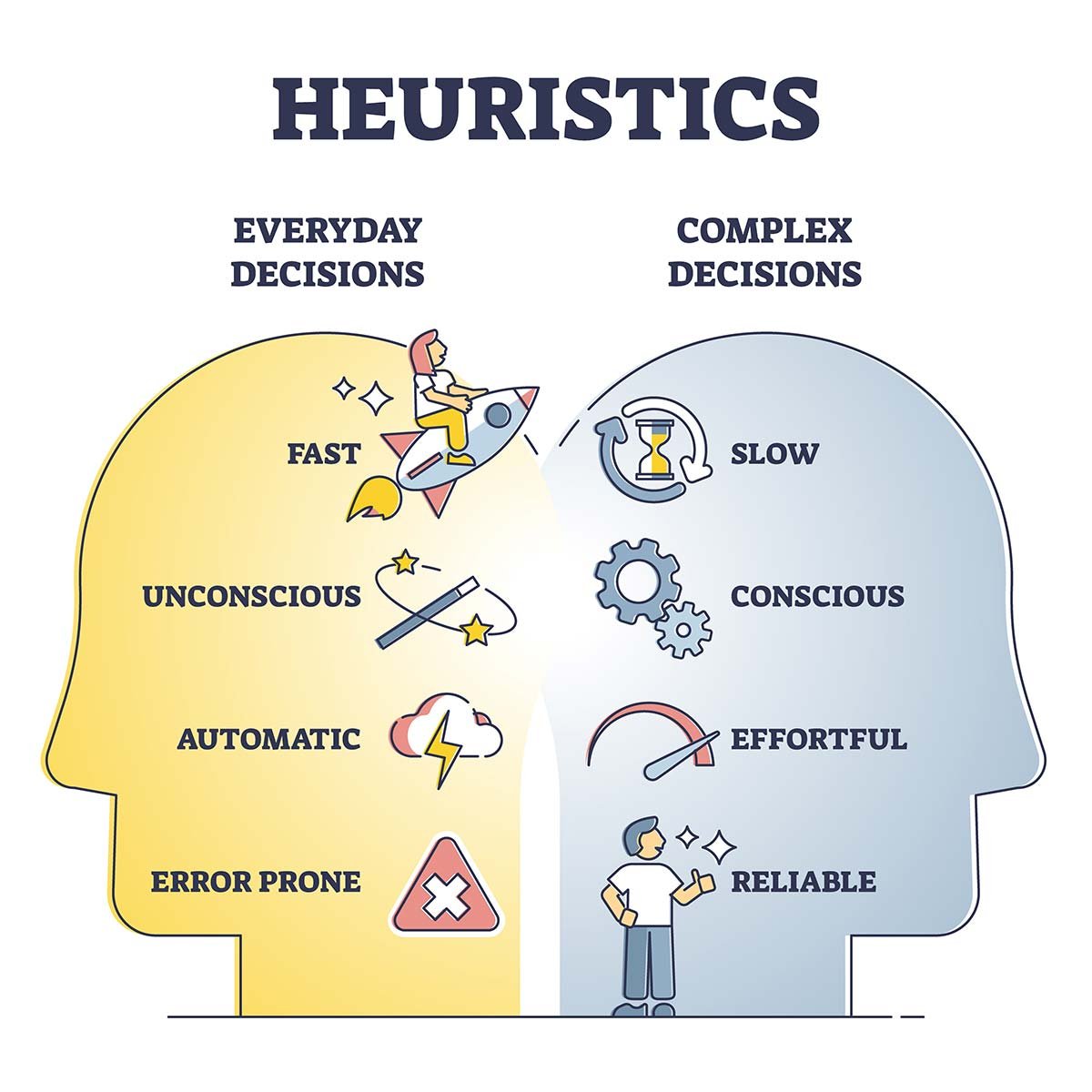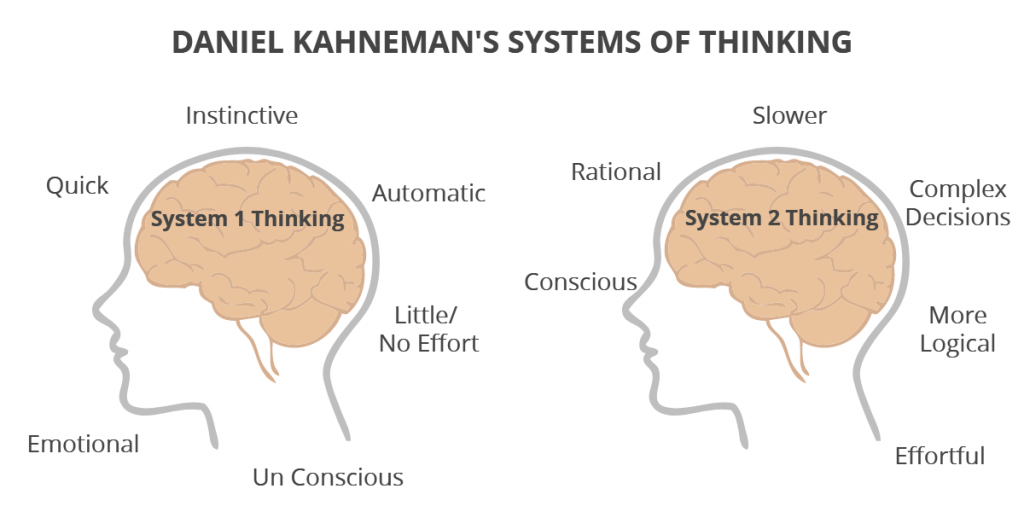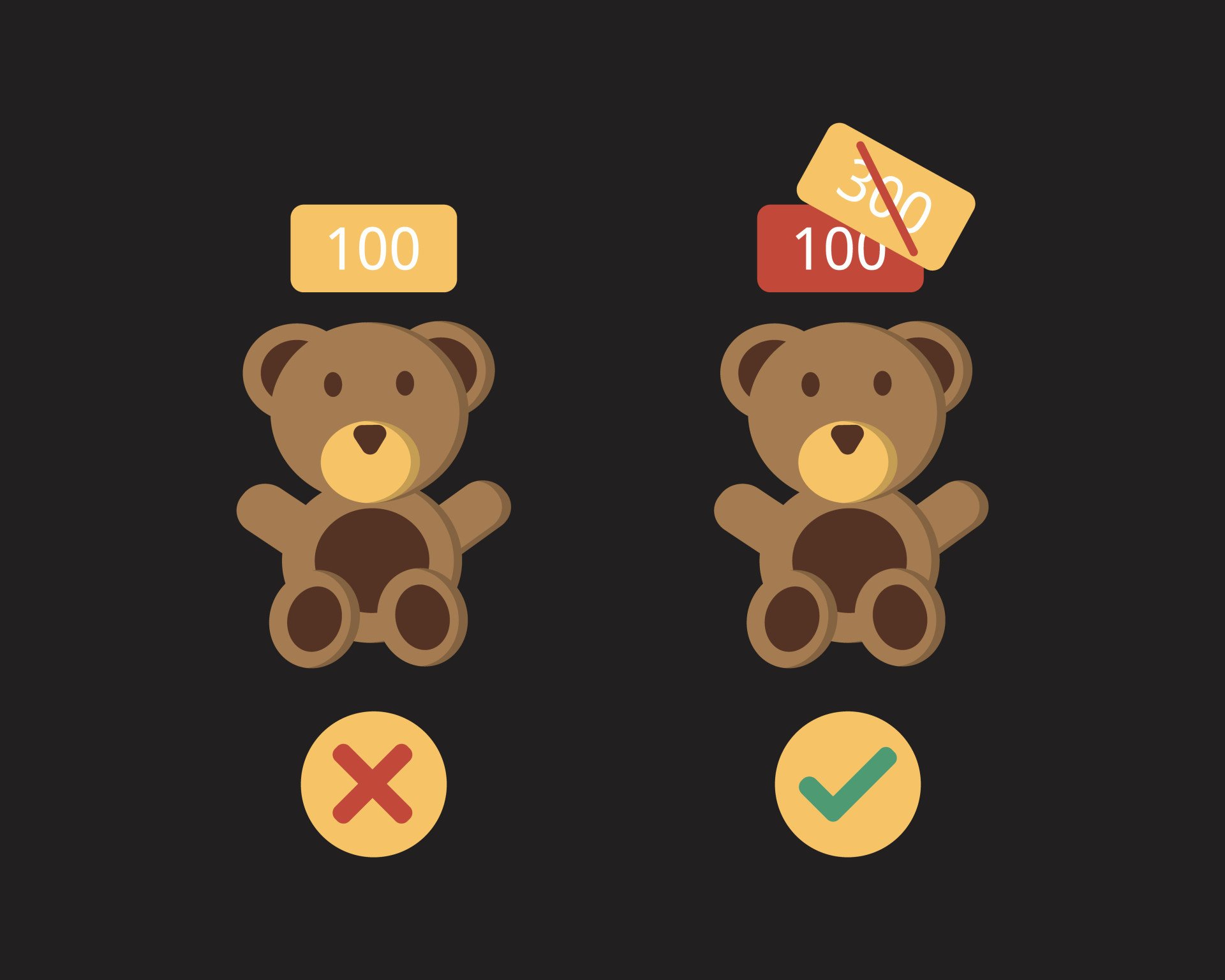Every day our brains must process and respond to thousands of problems, both large and small, at a moment’s notice. It might even be overwhelming to consider the sheer volume of complex problems we regularly face in need of a quick solution.
While one might wish there was time to methodically and thoughtfully evaluate the fine details of our everyday tasks, the cognitive demands of daily life often make such processing logistically impossible.
Therefore, the brain must develop reliable shortcuts to keep up with the stimulus-rich environments we inhabit. Psychologists refer to these efficient problem-solving techniques as heuristics.

Definition
Heuristics can be thought of as general cognitive frameworks humans rely on regularly to reach a solution quickly.
For example, if a student needs to decide what subject she will study at university, her intuition will likely be drawn toward the path that she envisions as most satisfying, practical, and interesting.
She may also think back on her strengths and weaknesses in secondary school or perhaps even write out a pros and cons list to facilitate her choice.
It’s important to note that these heuristics broadly apply to everyday problems, produce sound solutions, and helps simplify otherwise complicated mental tasks. These are the three defining features of a heuristic.
While the concept of heuristics dates back to Ancient Greece (the term is derived from the Greek word for “to discover”), most of the information known today on the subject comes from prominent twentieth-century social scientists.
Herbert Simon’s study of a notion he called “bounded rationality” focused on decision-making under restrictive cognitive conditions, such as limited time and information.
This concept of optimizing an inherently imperfect analysis frames the contemporary study of heuristics and leads many to credit Simon as a foundational figure in the field.
Kahneman’s Theory of Decision Making
The immense contributions of psychologist Daniel Kahneman to our understanding of cognitive problem-solving deserve special attention.
As context for his theory, Kahneman put forward the estimate that an individual makes around 35,000 decisions each day! To reach these resolutions, the mind relies on either “fast” or “slow” thinking.

The fast thinking pathway (system 1) operates mostly unconsciously and aims to reach reliable decisions with as minimal cognitive strain as possible.
While system 1 relies on broad observations and quick evaluative techniques (heuristics!), system 2 (slow thinking) requires conscious, continuous attention to carefully assess the details of a given problem and logically reach a solution.
Given the sheer volume of daily decisions, it’s no surprise that around 98% of problem-solving uses system 1.
Thus, it is crucial that the human mind develops a toolbox of effective, efficient heuristics to support this fast-thinking pathway.
Heuristics vs. Algorithms
Those who’ve studied the psychology of decision-making might notice similarities between heuristics and algorithms. However, remember that these are two distinct modes of cognition.
Heuristics are methods or strategies which often lead to problem solutions but are not guaranteed to succeed.
They can be distinguished from algorithms, which are methods or procedures that will always produce a solution sooner or later.
An algorithm is a step-by-step procedure that can be reliably used to solve a specific problem. While the concept of an algorithm is most commonly used in reference to technology and mathematics, our brains rely on algorithms every day to resolve issues (Kahneman, 2011).
The important thing to remember is that algorithms are a set of mental instructions unique to specific situations, while heuristics are general rules of thumb that can help the mind process and overcome various obstacles.
For example, if you are thoughtfully reading every line of this article, you are using an algorithm.
On the other hand, if you are quickly skimming each section for important information or perhaps focusing only on sections you don’t already understand, you are using a heuristic!
Why Heuristics Are Used
Heuristics usually occurs when one of five conditions is met (Pratkanis, 1989):
- When one is faced with too much information
- When the time to make a decision is limited
- When the decision to be made is unimportant
- When there is access to very little information to use in making the decision
- When an appropriate heuristic happens to come to mind at the same moment
When studying heuristics, keep in mind both the benefits and unavoidable drawbacks of their application. The ubiquity of these techniques in human society makes such weaknesses especially worthy of evaluation.
More specifically, in expediting decision-making processes, heuristics also predispose us to a number of cognitive biases.
A cognitive bias is an incorrect but pervasive judgment derived from an illogical pattern of cognition. In simple terms, a cognitive bias occurs when one internalizes a subjective perception as a reliable and objective truth.
Heuristics are reliable but imperfect; In the application of broad decision-making “shortcuts” to guide one’s response to specific situations, occasional errors are both inevitable and have the potential to catalyze persistent mistakes.
For example, consider the risks of faulty applications of the representative heuristic discussed above. While the technique encourages one to assign situations into broad categories based on superficial characteristics and one’s past experiences for the sake of cognitive expediency, such thinking is also the basis of stereotypes and discrimination.
In practice, these errors result in the disproportionate favoring of one group and/or the oppression of other groups within a given society.
Indeed, the most impactful research relating to heuristics often centers on the connection between them and systematic discrimination.
The tradeoff between thoughtful rationality and cognitive efficiency encompasses both the benefits and pitfalls of heuristics and represents a foundational concept in psychological research.
Examples
When learning about heuristics, keep in mind their relevance to all areas of human interaction. After all, the study of social psychology is intrinsically interdisciplinary.
Many of the most important studies on heuristics relate to flawed decision-making processes in high-stakes fields like law, medicine, and politics.
Researchers often draw on a distinct set of already established heuristics in their analysis. While dozens of unique heuristics have been observed, brief descriptions of those most central to the field are included below:
Availability Heuristic
The availability heuristic describes the tendency to make choices based on information that comes to mind readily.
For example, children of divorced parents are more likely to have pessimistic views towards marriage as adults.
Of important note, this heuristic can also involve assigning more importance to more recently learned information, largely due to the easier recall of such information.
Representativeness Heuristic
This technique allows one to quickly assign probabilities to and predict the outcome of new scenarios using psychological prototypes derived from past experiences.
For example, juries are less likely to convict individuals who are well-groomed and wearing formal attire (under the assumption that stylish, well-kempt individuals typically do not commit crimes).
This is one of the most studied heuristics by social psychologists for its relevance to the development of stereotypes.
Scarcity Heuristic
This method of decision-making is predicated on the perception of less abundant, rarer items as inherently more valuable than more abundant items.
We rely on the scarcity heuristic when we must make a fast selection with incomplete information. For example, a student deciding between two universities may be drawn toward the option with the lower acceptance rate, assuming that this exclusivity indicates a more desirable experience.
The concept of scarcity is central to behavioral economists’ study of consumer behavior (a field that evaluates economics through the lens of human psychology).
Trial and Error
This is the most basic and perhaps frequently cited heuristic. Trial and error can be used to solve a problem that possesses a discrete number of possible solutions and involves simply attempting each possible option until the correct solution is identified.
For example, if an individual was putting together a jigsaw puzzle, he or she would try multiple pieces until locating a proper fit.
This technique is commonly taught in introductory psychology courses due to its simple representation of the central purpose of heuristics: the use of reliable problem-solving frameworks to reduce cognitive load.
Anchoring and Adjustment Heuristic
Anchoring refers to the tendency to formulate expectations relating to new scenarios relative to an already ingrained piece of information.

Put simply, this anchoring one to form reasonable estimations around uncertainties. For example, if asked to estimate the number of days in a year on Mars, many people would first call to mind the fact the Earth’s year is 365 days (the “anchor”) and adjust accordingly.
This tendency can also help explain the observation that ingrained information often hinders the learning of new information, a concept known as retroactive inhibition.
Familiarity Heuristic
This technique can be used to guide actions in cognitively demanding situations by simply reverting to previous behaviors successfully utilized under similar circumstances.
The familiarity heuristic is most useful in unfamiliar, stressful environments.
For example, a job seeker might recall behavioral standards in other high-stakes situations from her past (perhaps an important presentation at university) to guide her behavior in a job interview.
Many psychologists interpret this technique as a slightly more specific variation of the availability heuristic.
How to Make Better Decisions
Heuristics are ingrained cognitive processes utilized by all humans and can lead to various biases.
Both of these statements are established facts. However, this does not mean that the biases that heuristics produce are unavoidable. As the wide-ranging impacts of such biases on societal institutions have become a popular research topic, psychologists have emphasized techniques for reaching more sound, thoughtful and fair decisions in our daily lives.
Ironically, many of these techniques are themselves heuristics!
To focus on the key details of a given problem, one might create a mental list of explicit goals and values. To clearly identify the impacts of choice, one should imagine its impacts one year in the future and from the perspective of all parties involved.
Most importantly, one must gain a mindful understanding of the problem-solving techniques used by our minds and the common mistakes that result. Mindfulness of these flawed yet persistent pathways allows one to quickly identify and remedy the biases (or otherwise flawed thinking) they tend to create!
Further Information
- Shah, A. K., & Oppenheimer, D. M. (2008). Heuristics made easy: an effort-reduction framework. Psychological bulletin, 134(2), 207.
- Marewski, J. N., & Gigerenzer, G. (2012). Heuristic decision making in medicine. Dialogues in clinical neuroscience, 14(1), 77.
- Del Campo, C., Pauser, S., Steiner, E., & Vetschera, R. (2016). Decision making styles and the use of heuristics in decision making. Journal of Business Economics, 86(4), 389-412.
What is a heuristic in psychology?
A heuristic in psychology is a mental shortcut or rule of thumb that simplifies decision-making and problem-solving. Heuristics often speed up the process of finding a satisfactory solution, but they can also lead to cognitive biases.
References
Bobadilla-Suarez, S., & Love, B. C. (2017, May 29). Fast or Frugal, but Not Both: Decision Heuristics Under Time Pressure. Journal of Experimental Psychology: Learning, Memory, and Cognition.
Bowes, S. M., Ammirati, R. J., Costello, T. H., Basterfield, C., & Lilienfeld, S. O. (2020). Cognitive biases, heuristics, and logical fallacies in clinical practice: A brief field guide for practicing clinicians and supervisors. Professional Psychology: Research and Practice, 51 (5), 435–445.
Dietrich, C. (2010). “Decision Making: Factors that Influence Decision Making, Heuristics Used, and Decision Outcomes.” Inquiries Journal/Student Pulse, 2(02).
Groenewegen, A. (2021, September 1). Kahneman Fast and slow thinking: System 1 and 2 explained by Sue. SUE Behavioral Design. Retrieved March 26, 2022, from https://suebehaviouraldesign.com/kahneman-fast-slow-thinking/
Kahneman, D., Lovallo, D., & Sibony, O. (2011). Before you make that big decision.
Kahneman, D. (2011). Thinking, fast and slow. Macmillan.
Pratkanis, A. (1989). The cognitive representation of attitudes. In A. R. Pratkanis, S. J. Breckler, & A. G.
Greenwald (Eds.), Attitude structure and function (pp. 71–98). Hillsdale, NJ: Erlbaum.
Simon, H.A., 1956. Rational choice and the structure of the environment. Psychological Review.
Tversky, A., & Kahneman, D. (1974). Judgment under Uncertainty: Heuristics and Biases. Science, 185 (4157), 1124–1131.

